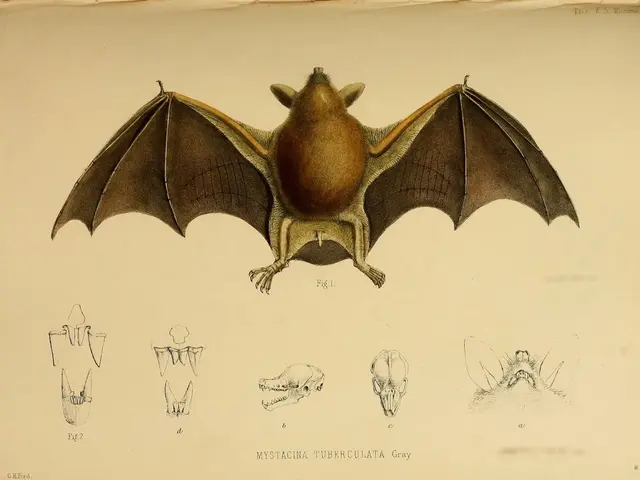Amid the implementation of tax reforms, the Central Board of Direct Taxes (CBDT) and Central Board of Indirect Taxes and Customs (CBIC) struggle with insufficient workforce.
India's Central Board of Direct Taxes (CBDT) and Central Board of Indirect Taxes and Customs (CBIC) are grappling with significant staff shortages, posing challenges as they strive to implement new tax reforms.
Current Status of Staff Shortages
The CBDT, responsible for administering Corporate Tax, Non-Corporate Tax, Securities Transaction Tax, among others, is operating with a 34% vacancy rate. With a sanctioned strength of over 77,700, more than 26,000 posts remain vacant, including key positions such as Principal Commissioners and Chief Income Tax Officers.
The CBIC, managing Central Goods & Services Tax, Integrated Goods & Services Tax, Central Excise Duty, Customs Duty, among others, is short of nearly 39% of its sanctioned workforce. With a sanctioned strength of 84,400, around 33,000 personnel are missing from the rolls, covering various roles and promotional posts, as well as positions reserved under compassionate and sports quotas.
Efforts to Fill Vacancies
To address these shortages, the government is working to fast-track recruitment processes. Over 11,800 vacancies in Group B and C cadres have been notified to the Staff Selection Commission (SSC) for recruitment in 2025. The CBIC, in particular, has significant vacancies, including 1,796 Inspector posts, 183 Executive Assistants, 771 Tax Assistants, and 141 Stenographers.
In addition to the major ongoing recruitments, the CBIC has announced a smaller-scale recruitment for 11 posts of Tax Assistant and Havildar. The application process for these positions is offline, with the deadline set for September 13, 2025.
Under the Mission Mode Recruitment Plan, the CBIC has hired a total of 16,320 officers in the Group B cadre and 14,346 in the Group C cadre through direct recruitment since 2022. Furthermore, an additional 9,125 officers in the Group B cadre and 1,378 in the Group C cadre have been recruited through promotion under the same plan.
These efforts aim to address the staffing gaps and ensure that the tax authorities can effectively manage their responsibilities, especially in the context of new tax reforms and the push for enhanced tax administration.
It's worth noting that the high vacancy issue is not limited to tax departments but is a challenge across all government departments, as stated by a finance ministry official. People who get selected to a department one year often continue to take examinations the next year, leading to recurring vacancies. Certain vacancies have also been delayed due to litigation or stays granted by various courts.
The goal is to ensure a good number of people get recruited, but bulk recruitments are handled by either the SSC or UPSC. The Minister of State for Finance, Pankaj Chaudhary, stated that the total vacancies in both boards also include promotional vacancies and vacancies reserved under the Compassionate and Sports Quota appointments.
A total of 11,809 vacancies (for 'B' and 'C' grades) have been reported to the Staff Selection Commission for the examination year 2025. The CBIC has a total sanctioned strength of 84,400, but with around 33,000 vacancies.
Efforts have been made across the government, including within the CBDT and CBIC, to address the high vacancy issue, with positive results reported. The CBIC has reported 1,796 vacancies for Inspector, 183 for Executive Assistant, 771 for Tax Assistant, and 141 for Stenographer Gr. I/II for the year 2025.
As the tax authorities move forward with new legislation and reforms, addressing staff shortages remains a crucial step towards ensuring effective and efficient tax administration in India.
Read also:
- Unveiling Innovation in Propulsion: A Deep Dive into the Advantages and Obstacles of Magnetic Engines
- Intensified farm machinery emissions posing challenges to China's net-zero targets
- EU Fuel Ban Alerts Mercedes Boss of Potential Crisis
- Nuclear plant revitalized: Artificial intelligence-led demand breathes life into the Great Lakes nuclear facility




